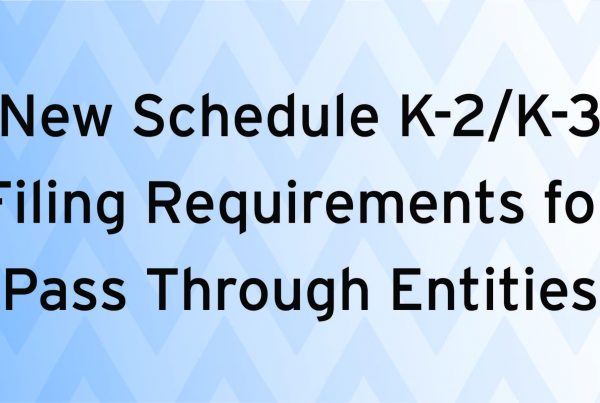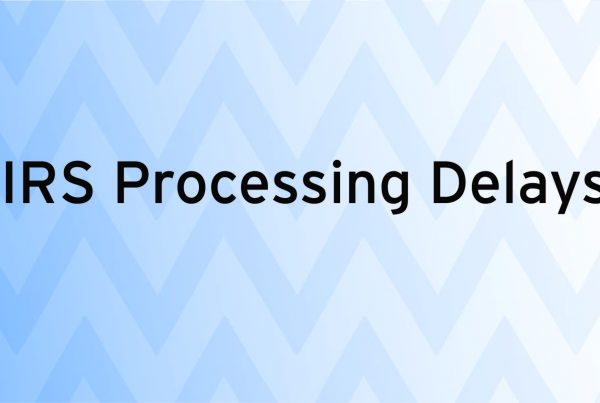
by Matthew R. Baker, CPA, Partner
Several IRA and retirement plan limits are indexed for inflation every year. While some of the limits continue to be unchanged for 2021, others have increased.
IRA contribution limits
In 2021, a traditional IRA or Roth IRA’s maximum contribution limit is 100% of your earned income or $6,000, whichever is lower. This is unchanged from 2020. For those over age 50, the maximum catch-up contribution is $1,000. This is also unchanged from 2020.
Income limits for deducting traditional IRA contributions
If you (or if you’re married, both you and your spouse) are not covered by an employer retirement plan, your contributions to a traditional IRA are usually fully tax deductible. If you’re married, filing jointly, and you’re not covered by an employer plan but your spouse is, your deduction is limited if your modified adjusted gross income (MAGI) is between $198,000 and $208,000 (up from $196,000 and $206,000 in 2020), and eliminated if your MAGI is $208,000 or more (up from $206,000 in 2020).
For those who are covered by an employer plan, deductibility depends on your income and filing status.
| If your 2021 federal income tax filing status is: | Your IRA deduction is limited if your MAGI is between: | Your deduction is eliminated if your MAGI is: |
| Single or head of household | $66,000 and $76,000 | $76,000 or more |
| Married filing jointly or qualifying widow(er) | $105,000 and $125,000 (combined) | $125,000 or more (combined) |
| Married filing separately | $0 and $10,000 | $10,000 or more |
If your filing status is single or head of household, you can fully deduct your IRA contribution up to $6,000 ($7,000 if you are age 50 or older) in 2021 if your MAGI is $66,000 or less (up from $65,000 in 2020). If you’re married and filing a joint return, you can fully deduct up to $6,000 ($7,000 if you are age 50 or older) if your MAGI is $105,000 or less (up from $104,000 in 2020).
Income limits for contributing to a Roth IRA
The income limits for determining how much you can contribute to a Roth IRA have also increased.
| If your 2021 federal income tax filing status is: | Your IRA deduction is limited if your MAGI is between: | Your deduction is eliminated if your MAGI is: |
| Single or head of household | More than $125,000 but less than $140,000 | $140,000 or more |
| Married filing jointly or qualifying widow(er) | More than $198,000 but less than $208,000(combined) | $208,000 or more (combined) |
| Married filing separately | More than $0 but less than $10,000 | $10,000 or more |
Employer retirement plan limits
Most of the significant employer retirement plan limits for 2021 remain unchanged from 2020. The maximum amount of elective deferrals a participant can make to a 401(k) plan remains $19,500 in 2021. This limit also applies to 403(b) and 457(b) plans. If you’re age 50 or older, you can also make catch-up contributions of up to $6,500 to these plans in 2021. [Special catch-up limits apply to certain participants in 403(b) and 457(b) plans.]
The amount you can contribute to a SIMPLE IRA or SIMPLE 401(k) remains $13,500 in 2021, and the catch-up limit for those age 50 or older remains $3,000.
| Plan type: | Annual dollar limit: | Catch-up limit: |
| 401(k), 403(b), government 457(b) | $19,500 | $6,500 |
| SIMPLE plans | $13,500 | $3,000 |
If you participate in more than one retirement plan, your total elective deferrals can’t exceed the annual limit. Deferrals to 401(k) plans, 403(b) plans, and SIMPLE plans are included in this aggregate limit, but deferrals to Section 457(b) plans are not.
The maximum amount that can be allocated (employee and employer contributions) to your account in a defined contribution plan [for example, a 401(k) plan or profit-sharing plan] in 2021 is $58,000 (up from $57,000 in 2020) plus age 50 or older catch-up contributions.
Finally, the maximum amount of compensation that can be taken into account in determining benefits for most plans in 2021 is $290,000 (up from $285,000 in 2020), and the dollar threshold for determining highly compensated employees (when 2021 is the look-back year) remains $130,000 (unchanged from 2020).
If you have any questions, please contact your Maillie representative via phone or email.



